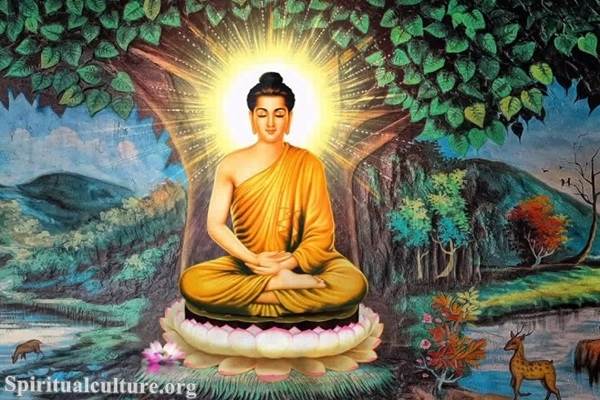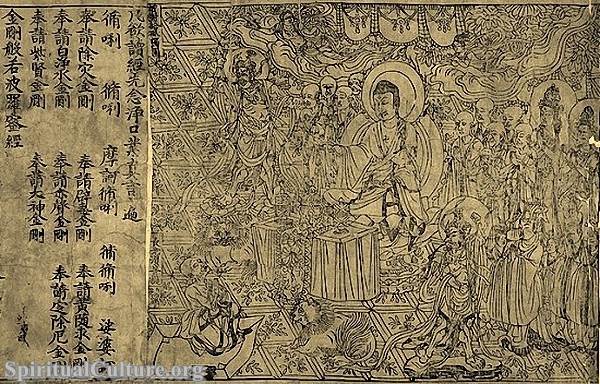Buddhism is a spiritual tradition that originated from the teachings of Siddhartha Gautama, who is commonly known as the Buddha. Despite its inception in India, Buddhism has spread across various regions of the world, evolving into different branches that each hold their unique beliefs, practices, and texts. One of these branches is Mahayana Buddhism, which is practiced predominantly in East Asia, including countries like China, Japan, Korea, and Vietnam. Mahayana Buddhism books play a significant role in disseminating the teachings and philosophies of this branch, helping followers to gain a deeper understanding of their faith.
Mahayana Buddhism books cover a wide range of topics, including the history of Mahayana Buddhism, its core philosophies, practices, and rituals, as well as the lives and teachings of significant Buddhist figures. These books serve as crucial resources for those interested in learning more about this branch of Buddhism, whether they are practitioners or simply curious individuals.
One of the most foundational Mahayana Buddhism books is the Lotus Sutra. This text is considered one of the most important and revered scriptures in Mahayana Buddhism. The Lotus Sutra presents the concept of Buddhahood as a universal potential within all beings and emphasizes the practice of bodhisattva, a being who seeks enlightenment not only for themselves but also for the benefit of all sentient beings. It is a profound book that encapsulates the spirit of Mahayana Buddhism’s compassionate and altruistic philosophy.
Another significant text in Mahayana Buddhism is the Heart Sutra. This short yet profound sutra delves into the concept of emptiness or ‘Shunyata,’ a key philosophy in Mahayana Buddhism. It teaches that all phenomena are empty of inherent existence and are interdependent. The Heart Sutra is often chanted in monasteries and meditation sessions and is considered a concise summary of Mahayana Buddhism’s wisdom.
The Avatamsaka Sutra, also known as the Flower Garland Sutra, is another key text in Mahayana Buddhism. This text is known for its detailed descriptions of the interdependence of all phenomena and the universe’s vastness. It is a complex and lengthy sutra that explores profound philosophical concepts and offers insights into the nature of reality from a Buddhist perspective.
For those interested in the lives and teachings of significant Buddhist figures, the Jataka Tales are an excellent resource. These are stories about the previous lives of the Buddha, illustrating moral and ethical lessons. These tales are not only engaging and entertaining but also offer valuable insights into Buddhist teachings and philosophy.
The Diamond Sutra is yet another essential text in Mahayana Buddhism. This sutra explores the concept of ’emptiness’ and the transient nature of all phenomena. It is a profound text that challenges our conventional understanding of reality and encourages us to see beyond our limited perceptions.
In addition to these, there are countless other Mahayana Buddhism books that offer valuable insights into this spiritual tradition. Whether you are a practitioner of Mahayana Buddhism or simply an individual interested in learning more about this branch of Buddhism, these books can serve as invaluable resources. They not only provide knowledge and understanding but also offer guidance and inspiration for leading a compassionate and enlightened life.
In conclusion, Mahayana Buddhism books play a crucial role in disseminating the teachings and philosophies of this branch of Buddhism. They serve as guides for practitioners, providing them with the knowledge and understanding they need to deepen their faith and practice. These books also offer valuable insights for anyone interested in learning more about Mahayana Buddhism, making them a valuable resource for both practitioners and curious individuals alike.



